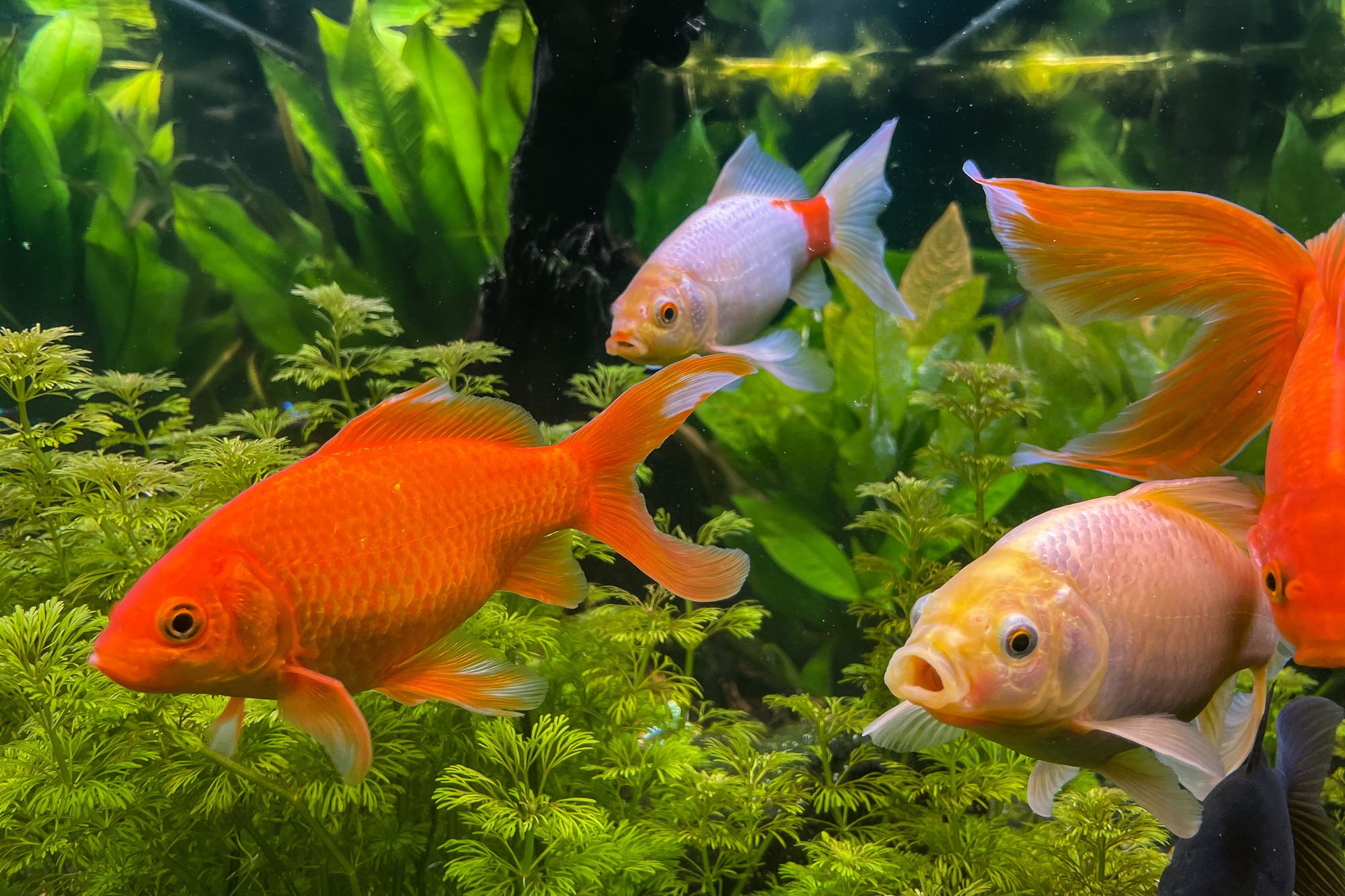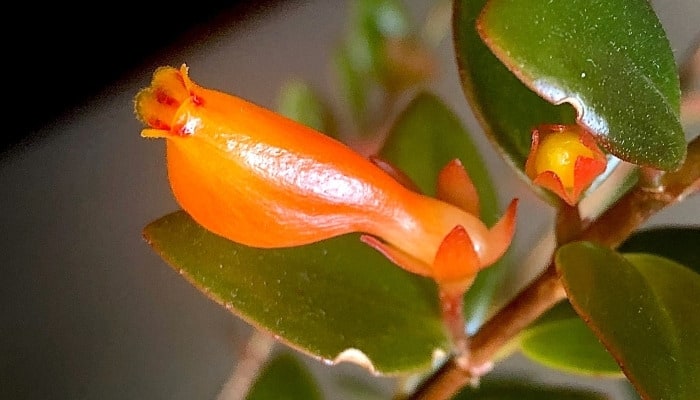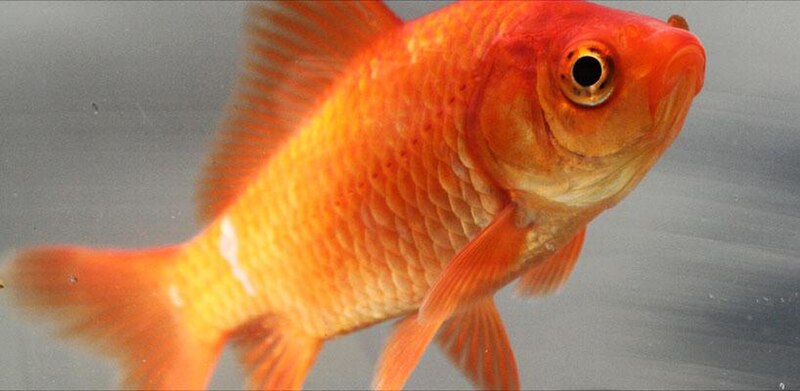The Goldfish Plant (Nematanthus gregarius) is a unique and eye-catching houseplant known for its vibrant, fish-like flowers that resemble the scales of a goldfish. If you’re looking to expand your collection or share this beautiful plant with friends, propagating it is a rewarding and cost-effective way to do so. In this guide, we’ll walk you through the best methods for propagating a Goldfish Plant, including stem cuttings, division, and air layering.
Best Time for Propagation

The ideal time to propagate a Goldfish Plant is during the spring or early summer when the plant is actively growing. This period aligns with the plant’s natural growth cycle and increases the chances of successful root development. Avoid propagating in the winter months when the plant is dormant.
Environmental Factors
Goldfish Plants thrive in warm, humid environments. When propagating, ensure the area has bright, indirect light and maintains a temperature between 65°F and 75°F. Avoid direct sunlight, as it can scorch tender cuttings. If you’re propagating indoors, consider using grow lights if natural light is insufficient.
Understanding Goldfish Plant Propagation
There are several methods to propagate a Goldfish Plant, each with its own benefits. The most common and effective method is through stem cuttings, but division and air layering are also viable options.
Stem Cuttings
Stem cuttings are the easiest and most popular method for propagating Goldfish Plants. Follow these steps:
- Select a Healthy Stem: Choose a healthy, mature stem with at least two sets of leaves. The stem should be free of pests or diseases.
- Make the Cut: Using clean, sharp scissors or pruning shears, cut the stem just below a leaf node. The cutting should be about 3-6 inches long.
- Remove Lower Leaves: Strip off the lower leaves, leaving only a few at the top. This helps the plant focus its energy on root development.
- Use Rooting Hormone (Optional): Dip the cut end of the stem into rooting hormone to encourage faster root growth.
- Plant the Cutting: Place the cutting in a pot filled with well-draining soil. Water thoroughly and keep the soil moist but not soggy.
- Create a Humid Environment: Cover the pot with a plastic bag or place it in a humidity dome to maintain moisture levels. Keep the cutting in a warm, bright location away from direct sunlight.
- Wait for Roots: It may take a few weeks for roots to develop. Be patient and avoid disturbing the cutting during this time.
Division

Division is an excellent method for propagating larger Goldfish Plants. Here’s how to do it:
- Prepare the Parent Plant: Gently remove the plant from its pot and shake off excess soil to expose the root ball.
- Separate the Root Ball: Carefully tease apart the root ball into smaller sections, ensuring each section has a good mix of roots, stems, and leaves.
- Pot the Divisions: Plant each division in a new pot filled with fresh, well-draining soil. Water thoroughly and place the pots in a bright, indirect light location.
- Care for New Plants: Allow the newly divided plants time to acclimate. Avoid fertilizing them immediately and keep the soil consistently moist.
Air Layering
Air layering is a more advanced technique but can be very effective for propagating leggy or overgrown Goldfish Plants. Follow these steps:
- Choose a Healthy Stem: Select a healthy stem that is about 12-18 inches from the tip. Ensure the stem is free of leaves in the immediate area where you will make the cut.
- Wound the Stem: Make two circular cuts around the stem, about 1 inch apart, and a vertical cut connecting them. Remove the bark and cambium layer to prevent healing.
- Apply Rooting Hormone: Dust the wound with rooting hormone to encourage root growth.
- Wrap the Wound: Wrap the wounded area with moist sphagnum moss and secure it with clear plastic and twist ties. This creates a mini greenhouse environment.
- Monitor and Wait: Keep the moss moist and check regularly for root development. Once roots appear, sever the stem below the new roots and pot the new plant in well-draining soil.
Potting and Caring for Propagated Goldfish Plants

Once your cuttings have established roots, it’s time to transplant them into their new homes. Follow these guidelines for optimal growth:
- Pot Selection: Choose a pot that is snug but not cramped. Ensure it has drainage holes to prevent waterlogging.
- Soil Requirements: Use a well-draining mix, such as a combination of peat moss, perlite, and vermiculite. Avoid heavy soils that retain too much moisture.
- Watering Practices: Water consistently but avoid overwatering. Let the top few inches of soil dry out before watering again. Use room-temperature water left out overnight to dechlorinate.
- Environmental Conditions: Maintain a warm temperature between 65°F and 75°F. Provide bright, indirect light and consider using a humidifier or pebble tray to increase humidity.
- Growth Expectations: It may take a few weeks to a couple of months before you see significant new growth. Regular pruning will help maintain a bushy, attractive shape and encourage more blooms.
Pruning and Maintenance
Pruning is essential for maintaining the health and appearance of your Goldfish Plant. Follow these tips:
- Prune in Early Spring: This is the best time to prune, as it encourages new growth and prevents damage to potential blooms.
- Use Clean Tools: Always use sharp, clean scissors or pruning shears to avoid damaging the plant.
- Encourage Bushy Growth: Pinch back the tips of the stems to promote branching and a fuller appearance.
- Root Pruning: When repotting, trim any damaged or circling roots to promote healthier growth.
- Pest Control: Monitor for pests like aphids and spider mites. Use neem oil or insecticidal soap to treat infestations promptly.
- Post-Pruning Care: After pruning, provide proper watering and humidity to help the plant recover.
Benefits of Propagating Goldfish Plants

Propagating a Goldfish Plant offers several advantages:
- Cost-Effective: Propagation allows you to expand your collection without purchasing new plants.
- Educational: It provides a hands-on learning experience about plant growth and care.
- Gift-Giving: Propagated plants make thoughtful gifts that continue to grow and thrive.
- Conservation: It helps preserve rare or unique varieties of Goldfish Plants.
- Joy of Success: Watching your propagated plants thrive brings a sense of accomplishment and pride.
Troubleshooting Common Propagation Issues
Even with the best care, issues can arise during propagation. Here are some common problems and solutions:
- Root Rot: Caused by overwatering. Ensure the soil is well-draining and avoid keeping the cutting in waterlogged conditions.
- Low Humidity: Maintain high humidity by using a plastic bag or humidity dome.
- Insufficient Light: Provide adequate light, either through natural sources or grow lights.
- Poor Drainage: Use a well-draining soil mix to prevent waterlogging.
- Patience: Root development takes time. Avoid checking the cutting too frequently, as this can disrupt the process.
Conclusion
Propagating a Goldfish Plant is a rewarding and enjoyable process that allows you to expand your collection while gaining a deeper understanding of plant care. By following the steps outlined in this guide, you can successfully propagate your Goldfish Plant and enjoy the beauty of this unique plant in your home or garden. Whether you choose stem cuttings, division, or air layering, the key to success lies in providing the right conditions and patience.
Stay updated with the latest news and gardening tips! Explore today’s headlines and discover more ways to enhance your green space.











More Stories
What Is Yodo Para Tiroides and How Does It Affect Thyroid Health?
How to Claim Your Joy in League of Legends: A Step-by-Step Guide
What is WSET? A Comprehensive Guide to Wine Education